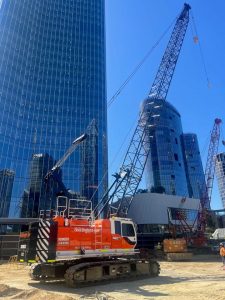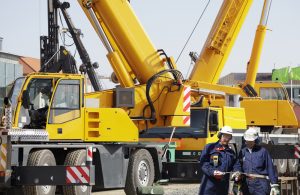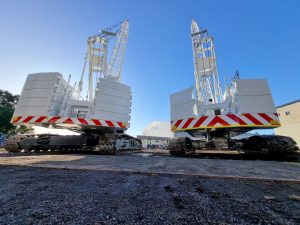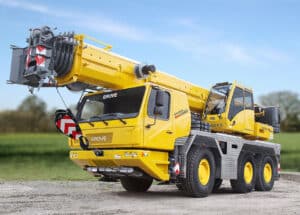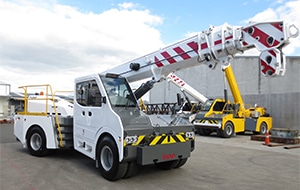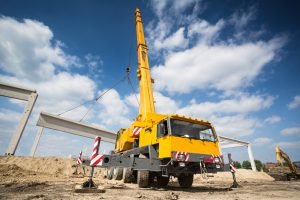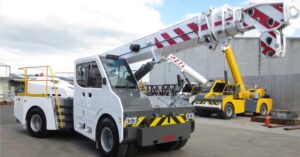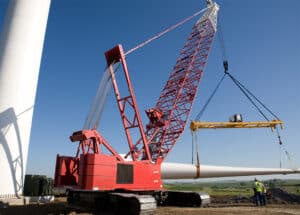How has the Construction Industry Been Affected by COVID19?
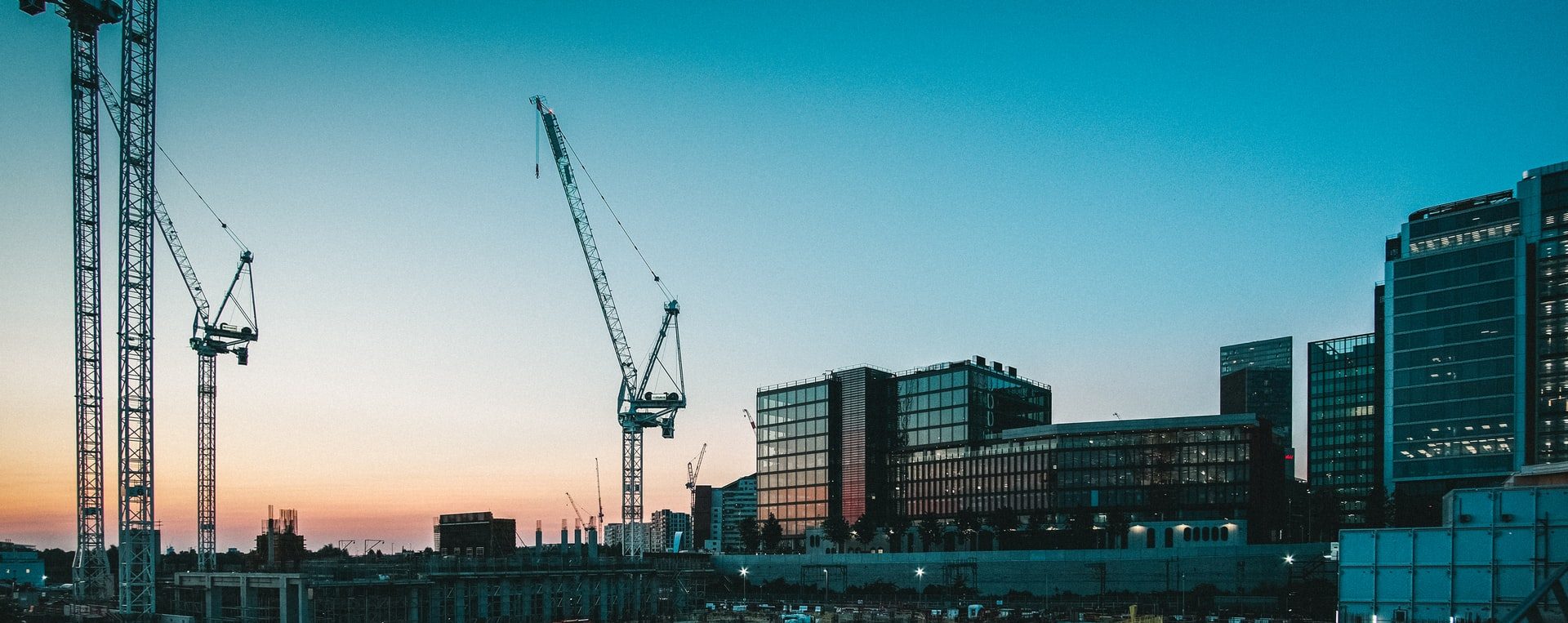
The COVID19 Pandemic has forced unforeseen times on industries that demand a present workforce. Unlike most office jobs that can be completed from home, Construction is one of the main exceptions.
Due to layoffs and delays in projects, global construction output decreased by 3.1% in 2020. Complying with government regulation surrounding social distancing and health measures have made it difficult for companies to get to their sites and conduct normal procedures under the current conditions.
Suppliers and Collaborators
In the wake of nationwide lockdown, suppliers and manufacturers of essential parts were also shut down. Most construction projects ahead of time were then put behind and those already behind were forced even further behind.
With this being said, the industry has shown strong promise with new collaborations and partnerships with unions, government bodies, and clients than ever before. For the first time in nearly 10 years since the GFC, companies have had to rely heavily on communication to do the best work possible under the circumstances.
Collaborations with similar companies have also come to fruition as organisations look to share risk in uncertain economic conditions. A balance of power and valued insights is not only helping smaller construction companies survive but also improving outcomes for clients all in a timely manner.
Liquidity and Cash Flow
The last 12 months in the construction world has been survival of the fittest. Companies that entered the period with a strong balance sheet and months of planned out work have been able to operate relatively smoothly.
Other companies not so well positioned have struggled, many relying on government stimulus packages to stay afloat. When these come to an end these companies may well struggle.
Adoption of Technology and the Cloud
The pandemic’s widespread boom in remote working has resulted in a slew of security issues for contractors. These include safeguarding newly deployed networking options, taking into account the protection of devices outside of secure office environments, and better handling BYOD policies.
Contractors have had to come up with new ways to detect and approve a lack of compliance. Increased dependency on communication platforms and cloud technologies has increased reliance on security, which is often a second priority to the construction industry.
These changes have had a significant impact on contractors’ security architecture, with ramifications that will be felt for many years to come. Companies have been forced to speed up their automated systems, requiring them to make adjustments on the fly.
Staffing
The construction industry continues to face talent shortages. Last year, studies showed the majority of construction companies said they were having trouble filling hourly craft slots.
Construction staffing shortages can result in project delays, Jobsite exhaustion, and a variety of other negative outcomes. During lockdown periods this wasn’t so much of an issue but as companies come out the other side of the pandemic they may run into these issues.
Companies would be able to create a more robust labour force if they continue to employ and aggressively retain professional employees. For people entering the job market, trades were one of the few industries that continued to accept apprentices and new tradesmen.
Diversifying portfolios
With new challenges comes the demand for thinking along different lines to generate work. The hospitality, retail, and leisure industries are a couple of the most impacted during the covid period.
Construction companies have experienced harsh knock-on effects from these main shortfalls. Companies have been forced to look at new ways of working around the distancing and work hours restrictions put in place.
Picking up new night shifts to reduce employee numbers during the day is one of the few ways that construction companies have looked to stay ahead of time. Most of these initiatives have been imparted by task forces employed by these companies to come up with new ways to both maintain revenue streams and keep employees at work.
In the wake of current events, construction companies looking for alternate sources of income other than the primary streams has become a common theme. This could bode well for the future as companies may be able to expand their offerings all whilst delivering the same service as the pre-covid-19 era.
Safety and Employee Well-Being
In an industry where employees are in constant hazardous environments, the recent pandemic has shined a light on less obvious safety measures. Although some companies already have airtight safety procedures, health concern for workers has been under even harsher scrutiny.
Larger construction companies have also looked at other ways of splitting the size of their workforces down into smaller groups. Identifying ‘Bubbles’ of workers that can work together for longer periods meant that any contact tracing efforts are minimised. With this being said, it hasn’t come at zero cost to companies.
Although in practice the idea works well, companies such as South Pacific Scaffolding LTD in Auckland have found that efficiency and progress have been slowed since adopting the technique. With this being said, organisations that have adopted new ways of organising a workforce have done better than those who have simply allowed staff to stay at home.
The construction industry in NZ showed significant slowing during the middle months of 2020, however are comparatively well off on a global scale. Worldwide, productivity in the building sector has plummeted by 12% but in NZ a mere 5%. It shows that even though both have succumbed to the effects of the virus, NZ construction has fared well in the short term.
